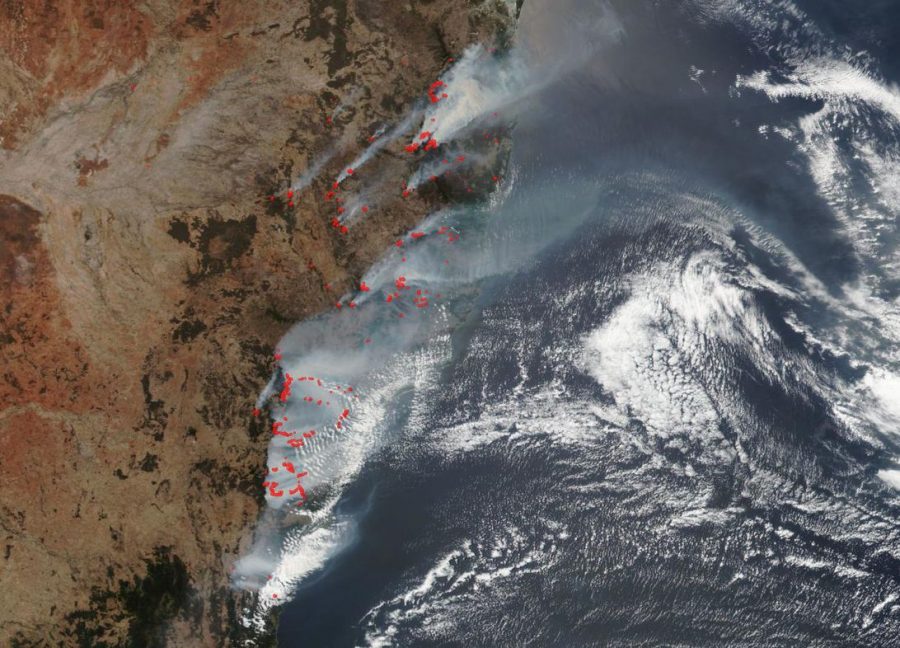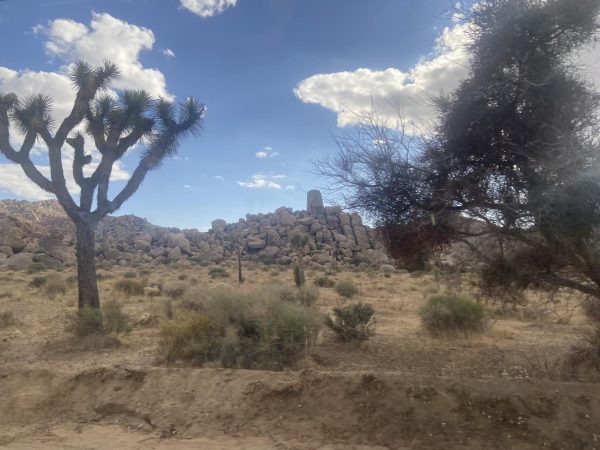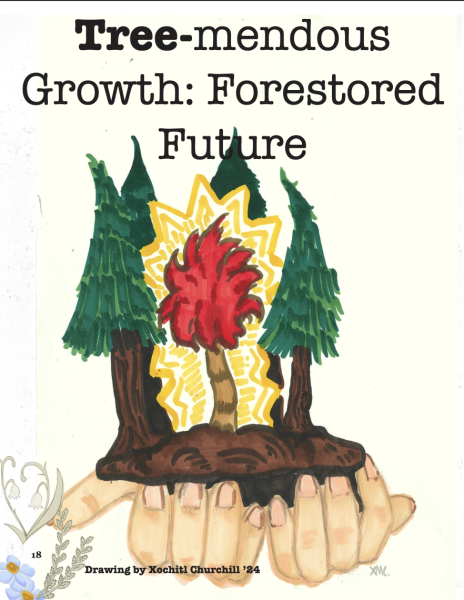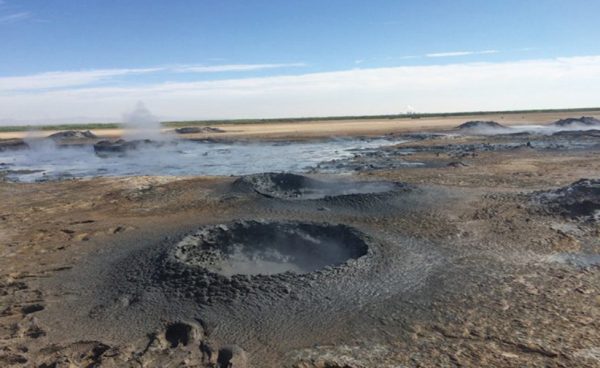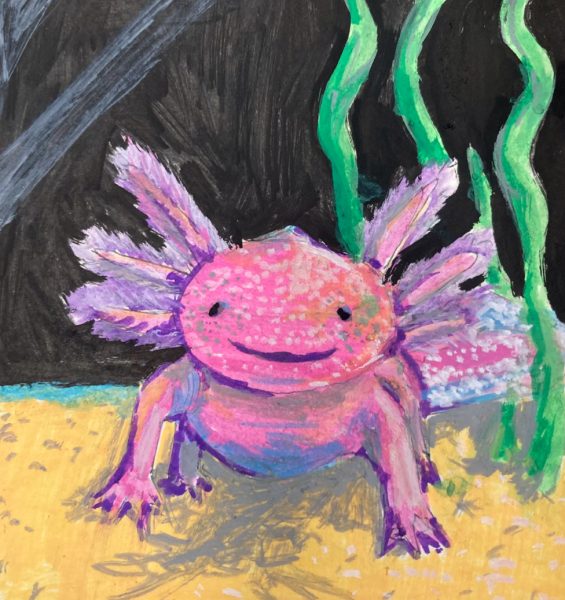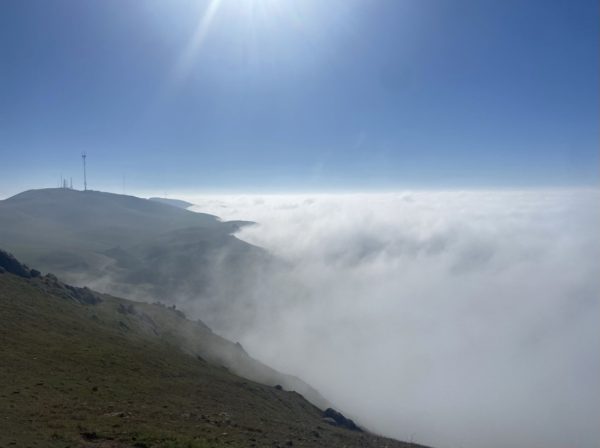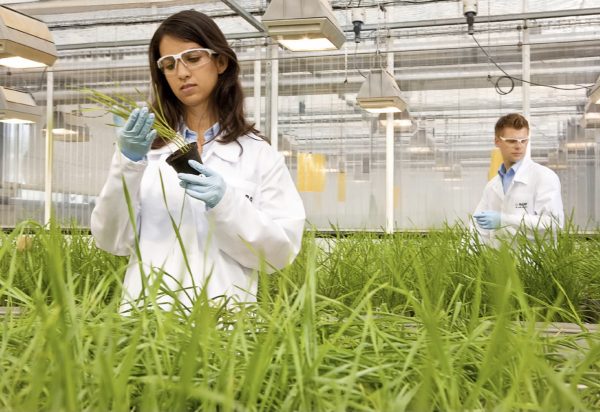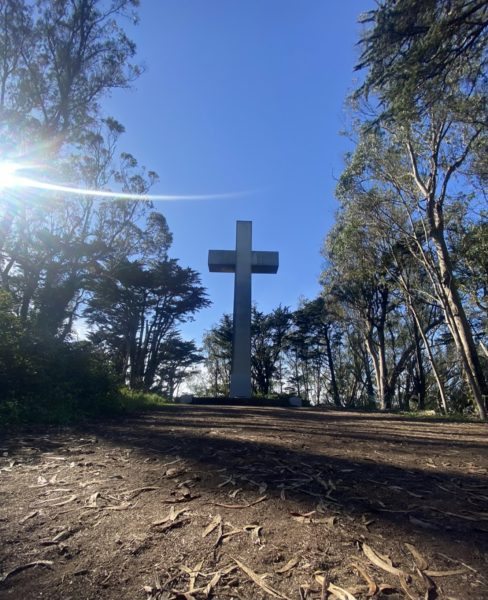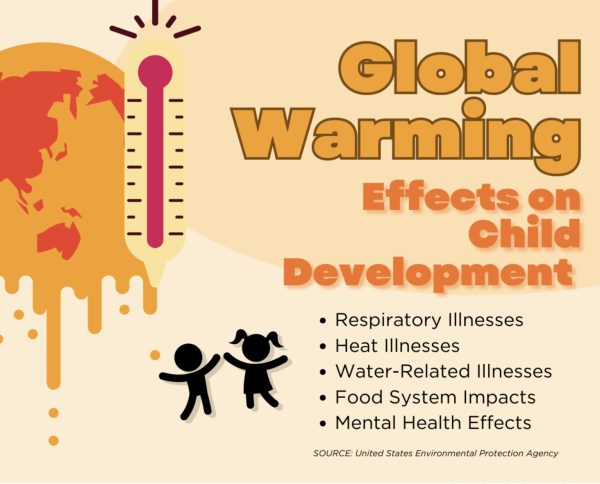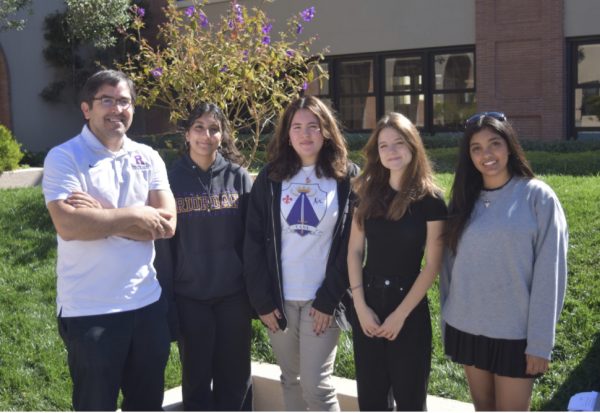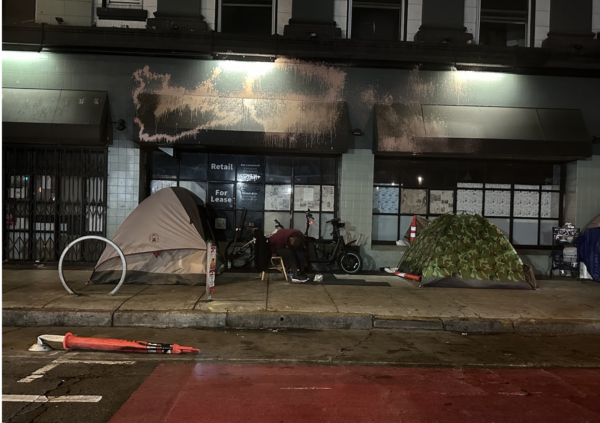Conflagration ravages Australia’s land, wildlife
NASA Aqua Satellite shows data of the Australian bushfires. The highlighted areas in red are fire detections.
March 11, 2020
Since fire season began in July 2019, bush fires have ravaged the south east side of Australia, particularly in the territory of New South Wales. The res have filled the air of some of Australia’s largest cities, including Melbourne and Sydney, with smoke.
The fires started and spread as a result of the hot, arid weather during Australia’s summer. However, according to AP Environmental Sciences teacher Michael O’Brien, weather isn’t the only factor that aids the emergence and expansion of wild fires.
“Because of anthropogenic climate change, because of human aided climate change, it has made certain climates in the world more susceptible to what we might call natural disasters, including wild fires,” he said. “The problem is when human beings get involved and start setting the fires for their own purposes, you end up depleting the nutrients in the soil.”
As a result of human activity, climate change may be considered one of the primary catalysts of the fires. Additionally, O’Brien doesn’t believe the Australian fires are comparable to the recent California wildfires.
“The differences could be myriad,” he stated. “The topography, the undergrowth, the availability of resources to be able to contain fires… those are so different in Australia than in Northern California.”
However, as the world keeps seeing streaks of wild fires, or extremes, many wonder whether this could be a result of human activity.
O’Brien stated, “The more we see these extremes, the more we have to start considering, is this anthropogenic? Did humans cause this on a long term scale?”
As of Jan. 13, the fires have destroyed more than 17.9 million acres across Australia’s six territories. The fires have also taken the lives of more than 30 individuals along with countless animals, and have destroyed more than 2,000 homes. At least one billion animals have been killed so far as a result of the fires, but that number doesn’t include frogs, invertebrates, or bats. According to ScienceNews, invertebrates, which include butter flies, spiders, and ladybugs, could be dying by the trillions.
Additionally, more than a third of koalas in New South Wales have perished as a result of the fires.However, koalas are not at risk of extinction because of their existence throughout various parts of Australia. On the other hand, such species as the antechinus (also referred to as the marsupial mouse) and glossy black cockatoo face extinction since they exist mainly in eastern Australia.
For months on end, firefighters have been battling the res, but to no overarching avail yet. As a tribute to the relentless effort of the firefighters, the famous sails of the Sydney Opera House were lit up on Jan. 11. They depicted images of volunteer firefighters, as well as a sign that read “THANK YOU FIRIES,” acknowledging the firefighters for their efforts.
The fires kept rambling on throughout February, but firefighters are doing their best to combat the blazes.
However, O’Brien stated that in order to diminish the rates of wild fires, humans must think about their part in the tragedy and recovery.
He asked, “Do our endeavors set things in motion that would make it possible for fires to happen?”


